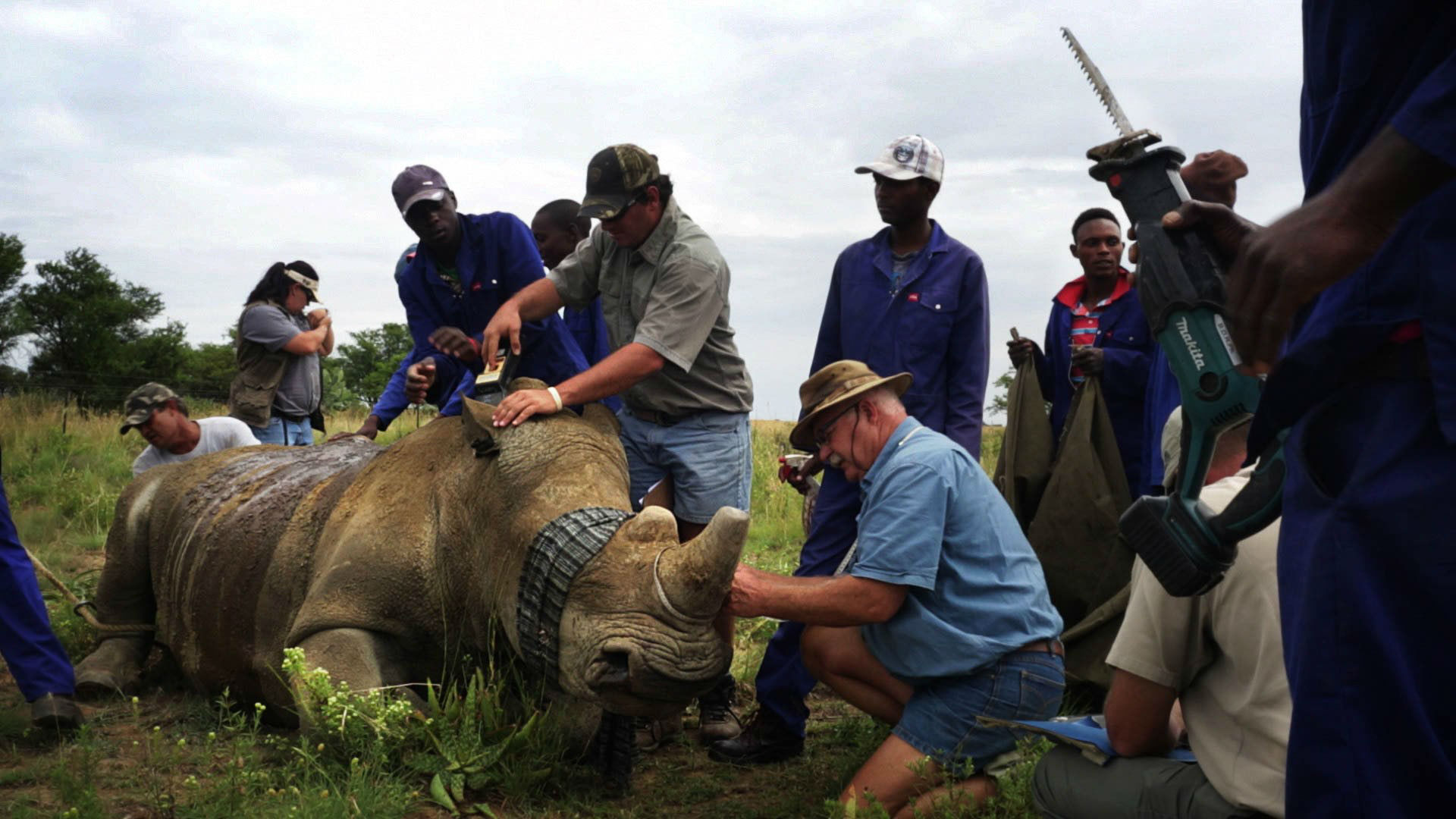Angelique Kidjo lends her Grammy-winning voice to a new song that protests child marriage.
Al Pereira/WireImage
hide caption
toggle caption
Al Pereira/WireImage
When three-time Grammy-winning singer Angelique Kidjo was a 12-year-old schoolgirl in her native Benin, her best friend suddenly disappeared from school. Kidjo went to her friend’s house and asked her father what had happened. The reason shocked Kidjo: Her friend Awaawou had become a child bride, and that meant that her friend’s education — and her girlhood — were at an end.
That was about 35 years ago. But according to UNICEF, one in 10 girls in Benin still marries before the age of 15, and in Central and Western Africa, 41 percent of all girls marry before they turn 18. Marrying — and having children — at a young age leads to increased risks of domestic abuse and of dying due to childbirth complications. Since child brides often cease their education, they also lack the skills to earn a living later on.
[embedded content]
UNICEF BeninYouTube
Now Kidjo, who is a UNICEF goodwill ambassador, has collaborated with eight musical colleagues and UNICEF to sing out against child marriage, with a refrain that goes “A little girl is still a child. She cannot be a mother or a bride. Let her grow up to live a fulfilling life. Say NO to child marriage!” The message is serious but the music has a get-up-and-dance vibe.
In addition to being on YouTube and social media, the song is being broadcast several times a day on Beninese TV and more than 40 local radio stations reaching into remote areas.
We spoke to Kidjo about the song and her advocacy for girls and women. The interview has been edited for length and clarity.
Interview Highlights
What happened to your friend?
She lived across the street from my house. We played together, we laughed together and then one day I waited for her to walk to school together, but she didn’t come. Then when I went to school, she wasn’t there, either. I went to her family to ask. They told me she was married! I was so angry!
Five years later I saw her, but when I tried to talk to her, she said she could not talk to me. She was so ashamed of not finishing school. She wasn’t the happy person I remembered. She was no longer cracking jokes; it was as if the light in her was shattered. She had two children, and she looked like she was 40. I went home and I cried.
What did this experience teach you about child marriage?
This said to me this is not a good tradition. How can you think that marrying your child at 12 can be good for her? When you finish elementary school and you start going to junior high, you’re no longer a child, but you are also not yet an adult. Women staying in school is crucial for their future, so stopping child marriage is crucial. And I was very vocal about it from the age of 12.
And now you’re vocal about it with a song. How did it come about?
I have been waiting for so long to do this. I started seeing the weakness in having a program [against child marriage] in just English or French because the [people] in the villages may not speak English or French. So the announcements and marketing have to be done in the local languages. That is why we decided we were going to use the main languages of the different parts of the countries [Benin, Burkina-Faso, Ghana, Nigeria and Togo].
You and your colleagues sing in seven local African languages, including Fon, Goun, Bariba, Yoruba, Mahi, Sahoue and Mina — with a refrain in French. How did that collaboration work?
I wrote my part [in Fon, the national language spoken in Benin and also in Togo and Nigeria, as well as the refrain in French] then sent it to Zeynab Abib [a popular singer in Benin with whom Kidjo co-wrote the song], and we went back and forth with each other and with the other performers, who were coming from different regions [where the different languages are spoken].
The group of nine singers is a mix of women and men.
We have to solve the problem without a gender agenda — women and men need to hear this message.
Can one song make a difference?
Silence is what has allowed child marriage to continue. I think the first impact of this song is that the silence has been broken on the subject. So from the north to the south to the west and to the east — the song is going to the villages and saying this tradition is not right. It is communicating that to men and women, boys and girls. And when someone asks questions in school about what happened to a girl who is no longer coming to class, they can get answers and they can become agents of change.
What has been the response so far to the song?
We already have a million people in Africa who have commented on or “liked” the song on my Facebook page. And we are all of us planning on performing the song live in a concert in Benin.
Diane Cole writes for many publications, including The Wall Street Journal and The Jewish Week, and is book columnist for The Psychotherapy Networker. She is the author of the memoir After Great Pain: A New Life Emerges. Her website is dianejcole.com.
Let’s block ads! (Why?)







